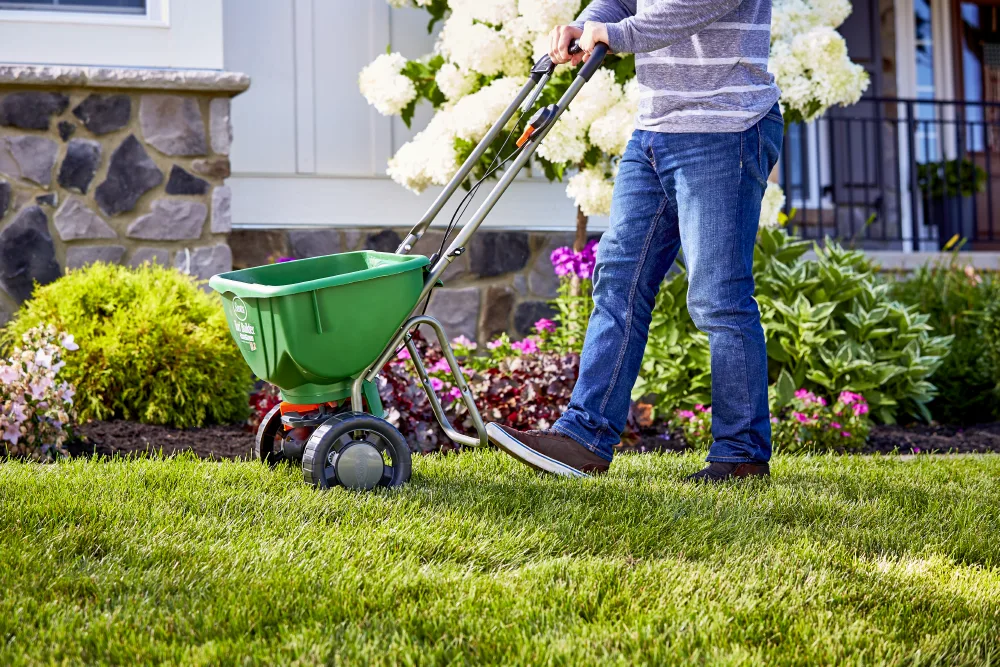2. Summer: The Growing Season
Summer is the peak of the growing season when your garden really begins to flourish. During these months, it’s important to stay on top of watering, pest management, and maintenance to ensure your plants continue to thrive and produce.
Advertisement
Key Tasks:
-
Watering: As the weather warms up, watering becomes crucial. Early mornings are the best time to water, as this prevents the water from evaporating too quickly. Aim for deep watering, so the moisture reaches the roots. Avoid shallow watering, as it encourages roots to stay near the surface, making them more vulnerable to drying out.
-
Mulch Your Garden: Apply a layer of mulch around your plants to retain moisture, suppress weeds, and regulate soil temperature. Organic mulches, like straw, wood chips, or grass clippings, also improve soil quality as they break down.
-
Fertilize Regularly: Summer is a time of rapid growth, so your plants will need nutrients to stay healthy. Use an organic fertilizer or compost to give your garden the nutrients it needs. Be mindful of over-fertilizing, as this can lead to excessive foliage growth at the expense of flowers or fruit.
-
Pest and Disease Control: Warmer temperatures bring pests, so keep an eye out for common garden problems like aphids, slugs, and powdery mildew. Consider using natural pest control methods like introducing beneficial insects (ladybugs, predatory beetles) or using organic pesticides like neem oil.
-
Deadheading and Pruning: Regularly remove dead flowers or spent blooms from plants to encourage further blooming. This is particularly important for flowers like roses, petunias, and marigolds. Pruning any overgrown or leggy plants will help maintain a neat appearance.
-
Harvesting: In vegetable gardens, mid-to-late summer is the time to start harvesting your crops. Pick vegetables like tomatoes, zucchini, cucumbers, and beans when they are ripe. Regular harvesting encourages more fruit production.
3. Fall: Preparing for Dormancy
As the temperatures cool, your garden begins to slow down. Fall is a time to focus on preparing your garden for the winter months ahead. This is also a great time to plant trees, shrubs, and perennials that will benefit from the cooler weather.
Key Tasks:
-
Clean Up the Garden: At the end of the growing season, remove spent plants and fallen leaves from your garden beds. Leave healthy plant debris like roots and stems in the soil to decompose and add nutrients to the ground. However, remove any diseased plants to prevent issues next year.
-
Plant Fall Crops: If you want to continue gardening into the cooler months, plant late-season vegetables like kale, spinach, carrots, and radishes. These plants can tolerate the cold and provide a harvest well into fall and early winter.
-
Divide Perennials: Fall is an excellent time to divide and transplant perennials. If your plants have outgrown their space, dig them up and split them into smaller sections. This helps rejuvenate the plant and ensures healthy growth next year.
-
Plant Trees and Shrubs: Fall is one of the best times to plant trees, shrubs, and other perennial plants. The cooler weather and increased rainfall help the roots establish themselves before the colder winter months. Choose native plants that are adapted to your climate for the best results.
-
Mulch for Winter Protection: Apply a thick layer of mulch (around 2-3 inches) to your garden beds to protect plants from extreme cold. Mulch helps regulate soil temperature, retain moisture, and prevent frost heave.
-
Prepare Garden Tools for Winter: Clean and sharpen your gardening tools before storing them for the winter. This ensures they’ll be ready for use next season. Store tools in a dry place to prevent rust and damage.

